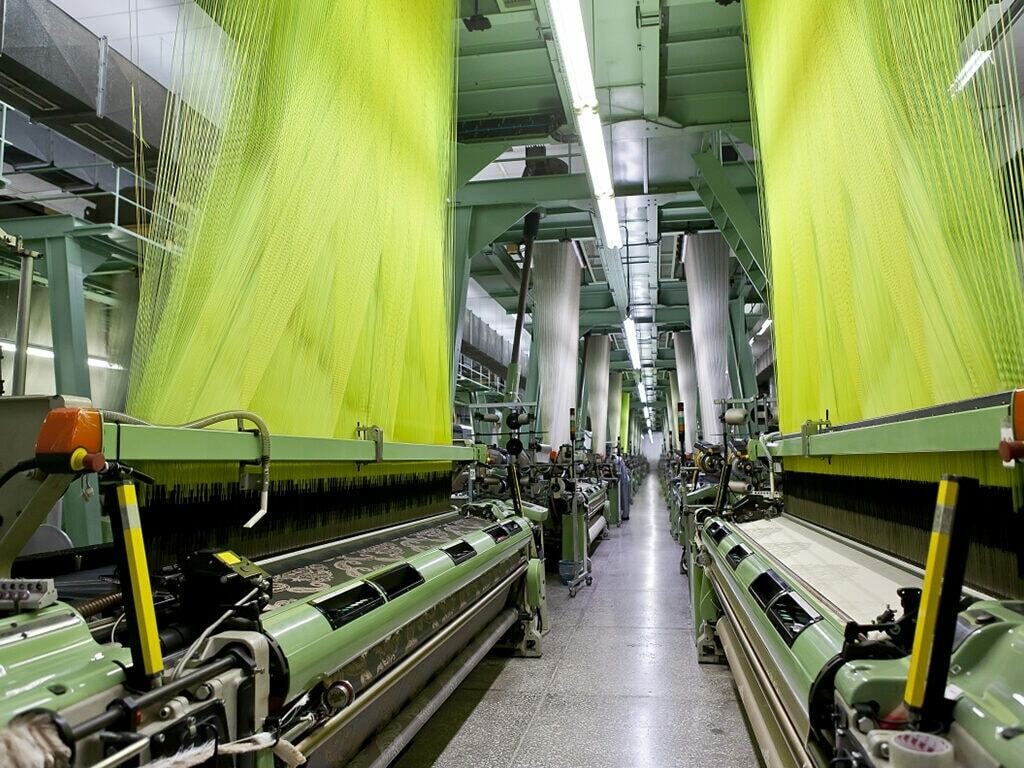How Pakistan’s New Budget Impacts the Textile Industry
July 26, 2025

“A budget is telling your money where to go instead of wondering where it went.” By Dave Ramsey, Bestselling Author
Details
Pakistan's textile sector—responsible for over 50% of the country’s export earnings and employing nearly 40% of the industrial workforce—is facing renewed headwinds due to the federal budget for FY 2025–26. The recently unveiled finance bill introduces significant changes in taxation, energy pricing, and export facilitation schemes. These changes, while aimed at fiscal consolidation, could severely affect the viability and competitiveness of this vital sector.
Taxation Shock: From Advantage to Burden
Reversal of Favorable Regimes
One of the most striking changes is the reintroduction of the normal tax regime, replacing the long-standing 1% Final Tax Regime (FTR) for exporters. This shift dramatically increases the tax burden, exposing exporters to income tax rates of up to 29%, an additional 2% advanced tax, and other levies such as Workers Welfare Fund (WWF), Workers Profit Participation Fund (WPPF), and the removal of the Duty Drawback on Local Taxes and Levies (DLTL).
Liquidity and Competitiveness at Risk
For low-margin businesses, the effective tax burden may now exceed 150% of profits, creating severe cost pressures. The reversal of the zero-rating scheme on local inputs further aggravates the situation by compelling manufacturers to import raw materials, thereby incurring an 18% General Sales Tax (GST) and turnover taxes. These changes reduce liquidity, hamper investment, and severely undermine export competitiveness—risking a shift in buyer preferences toward regional competitors like Bangladesh, Vietnam, and India.
Rising Energy Costs and Output Decline
Escalating Energy Tariffs
Another blow to industry comes in the form of surging energy costs. Electricity tariffs have risen to 16.4 cents/kWh, which is more than double the rates offered in Bangladesh and India. Similarly, gas prices for captive power generation have also increased, applying further pressure on already thin profit margins.
Operational Challenges
These elevated energy costs are forcing manufacturers to reduce utilization levels and reconsider operations. Some mills may even be driven out of business or pushed toward offshoring production. The compounding effect is a rising cost of production, which diminishes Pakistan's attractiveness as a sourcing destination, encouraging international buyers to diversify their supplier base.
Export Facilitation Scheme (EFS) Under Threat
Restrictive Amendments
Proposed amendments to the Export Facilitation Scheme (EFS) include limiting approved inputs to just 25% and extending processing timelines. These changes are drawing strong criticism from industry bodies like the Pakistan Textile Council (PTC) and All Pakistan Textile Mills Association (APTMA), who warn that such measures could delay procurement and disrupt supply chains.
Impaired Responsiveness
For small and medium-sized enterprises (SMEs), the proposed EFS restrictions reduce operational flexibility, while larger players also face delays due to slowed input clearance. The overall impact is a weakening of Pakistan’s export responsiveness at a time when global textile supply chains are becoming more agile and time sensitive.
Competitor Advantage: Losing Ground in the Region
Pakistan’s textile sector is increasingly at a disadvantage compared to regional peers. Countries like Bangladesh not only maintain lower energy and utility costs but also offer more favorable tax regimes and robust export incentives. While Bangladesh managed to rebound quickly post-COVID, Pakistan’s recovery has been hindered by inconsistent policy shifts and structural inefficiencies.
As a result, Pakistan risks stagnation or even decline in its share of global textile markets. Its ability to penetrate higher-value product segments is similarly curtailed, as more efficient and cost-competitive countries continue to expand their footprint.
Glimmers of Hope: Policy Reforms in Pipeline
Despite the challenges, the 2025–26 budget does include some potential relief measures. Key among them is the allocation of PKR 27 billion to settle pending export refunds under schemes like Duty Drawback of Taxes (DDT) and the Technology Upgradation Fund (TUF).
Other proposed reforms include the digitization of IOCO certification, introduction of tradable input tax credits, and rationalization of duties on key raw materials such as PTA and PSF. Additionally, there is a move toward removing protections for inefficient local fiber manufacturers, potentially improving input access.
Conclusion: A Pivotal Juncture
Pakistan’s textile industry stands at a defining moment. While the challenges are significant—especially around taxation, energy, and export support, the mix of bold reforms could reignite its global competitiveness. Failure to act decisively risks eroding hard-earned market share and dragging the sector into long-term stagnation. Strategic reforms are not just a necessity—they are a lifeline for the future of Pakistan’s textile exports.
